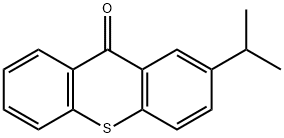2-Isopropylthioxanthone: applications in printing ink and its antiestrogenic potential
Sep 15,2023
General Description
2-Isopropylthioxanthone is commonly used as a photoinitiator in UV-curable inks for packaging materials, offering fast curing and high print quality. However, concerns have been raised about its migration potential from printed packaging into food. To address these concerns, alternative photoinitiators with lower migration potential have been developed. In addition, studies have shown that ITX exhibits antiestrogenic effects in vitro assays. A study on juvenile goldfish revealed that ITX decreased the estrogenicity of E2 and activated crosstalk between ERα and AhR signaling pathways. These findings suggest that 2-isopropylthioxanthone may have an impact on fish reproduction processes by disrupting hormone control.
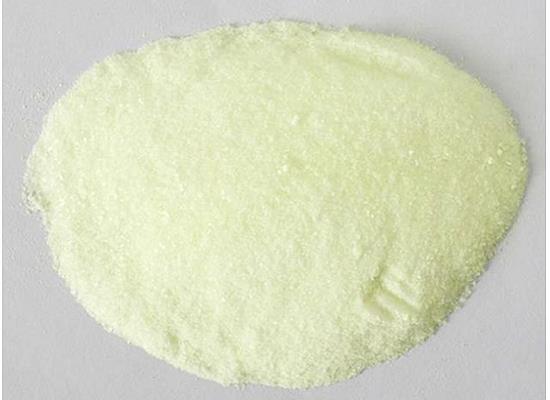
Figure 1. 2-Isopropylthioxanthone
Applications in printing ink
2-Isopropylthioxanthone is a commonly used photoinitiator in packaging material printing inks. Photoinitiators are compounds that generate reactive species upon exposure to ultraviolet (UV) light, which initiates the polymerization process in UV-curable inks. In the context of packaging materials, UV-curable inks offer various advantages, including fast curing, high print quality, and excellent adhesion to substrates. ITX is particularly favored as a photoinitiator due to its high reactivity and efficiency in initiating the curing process. When exposed to UV light, ITX absorbs the energy and undergoes a photochemical reaction, leading to the formation of reactive radicals, such as thioxanthone radicals. These radicals then initiate the polymerization of monomers present in the ink formulation, resulting in the solidification of the ink and forming a durable and resistant film on the surface of the packaging material. It is worth noting that while ITX is widely used, there have been some concerns regarding its migration potential from printed packaging materials into foodstuffs. As a result, regulatory authorities have imposed strict limits on 2-isopropylthioxanthone migration levels in food contact materials. To address these concerns, alternative photoinitiators with lower migration potential, such as benzoin methyl ether, have been developed and implemented in some cases. In summary, 2-isopropylthioxanthone serves as a highly effective and efficient photoinitiator in UV-curable inks for packaging material printing. Its ability to initiate rapid curing and its compatibility with various substrates make it a valuable component in the packaging industry. 1
Antiestrogenic potential
Previous studies have shown that 2-isopropylthioxanthone, a well-known food contaminant, exhibits antiestrogenic and antiandrogenic activities in vitro assays. However, there is no data available on the antiestrogenic potential and risk of ITX in aquatic organisms. A study aimed to evaluate the potential endocrine-disrupting effects of ITX on estrogen receptor (ER) signaling cascade levels in juvenile goldfish (Carassius auratus) as a model. Firstly, molecular docking was used to investigate the ligand-binding efficiency of 2-ITX with the ligand-binding domain (LBD) of goldfish ER subtypes. Secondly, we evaluated the effects of ITX on E2-induced in vivo liver expression of ERα1, ERβ1, ERβ2, and vitellogenin (VTG). The crosstalk between ER-VTG and aryl hydrocarbon receptor 2 (AhR2)-cytochrome P4501A (CYP1A) was also investigated. Fish were injected with doses of ITX ranging from 2 to 2μg/g BW, and the results were compared with the effects of tamoxifen, a well-known ER modulator. We observed that the interaction potency of ITX with the goldfish ERα1 LBD was more stable in the absence of active receptor conformation compared to ERβ. Computer docking simulation analysis also showed that 2-isopropylthioxanthone acted as an agonist for the goldfish AhR2 LBD, suggesting the compound's ability to activate crosstalk between ERα and AhR signaling pathways. In vivo experiments confirmed the computer simulation predictions, showing that ITX decreased the estrogenicity of E2 at both transcriptional and post-transcriptional levels, indicating a pronounced antiestrogenic effect. Co-exposure to E2 and ITX also resulted in a significant decrease in CYP1A gene expression compared to using 2-isopropylthioxanthone alone. The results of these studies collectively indicate that the antiestrogenic property of 2-isopropylthioxanthone could be attributed to its effects on multiple signaling pathways, suggesting that this environmental contaminant may affect hormone control of fish reproduction processes. 2,3
Reference
1. Rothenbacher T, Baumann M, Fügel D. 2-Isopropylthioxanthone (2-ITX) in food and food packaging materials on the German market. Food Addit Contam, 2007, 24(4):438-444.
2. Peijnenburg A, Riethof-Poortman J, Baykus H, Portier L, Bovee T, Hoogenboom R. AhR-agonistic, anti-androgenic, and anti-estrogenic potencies of 2-isopropylthioxanthone (ITX) as determined by in vitro bioassays and gene expression profiling. Toxicol In Vitro, 2010, 24(6):1619-1628.
3. Cocci P, Mozzicafreddo M, Angeletti M, Mosconi G, Palermo FA. In silico prediction and in vivo analysis of antiestrogenic potential of 2-isopropylthioxanthone (2-ITX) in juvenile goldfish (Carassius auratus). Ecotoxicol Environ Saf, 2016, 133:202-210.
- Related articles
- Related Qustion
- 2-Isopropylthioxanthone: Applications, Cytotoxic Effects and Detection Mar 1, 2024
2-Isopropylthioxanthone is essential in UV curing, but can induce cytotoxicity and contaminate milk products. Caution and detection methods are necessary.
- 2-Isopropylthioxanthone - Reaction / Application on synthetic works Nov 27, 2019
2-Isopropylthioxanthone is a compound, which can play the role of a sulphur type photoinitiator in printing industries and UV-cured inks for food packaging materials.
D-galactose can cause oxidative stress, inflammation, and cognitive impairment, contributing to aging and age-related diseases.....
Sep 15,2023APID(-)-Salicin, an organic compound with the chemical formula C13H18O7, extracted from white willow bark, is a glycoside compound.....
Sep 15,2023Drugs2-Isopropylthioxanthone
5495-84-1You may like
2-Isopropylthioxanthone manufacturers
- PHOTO INITIATOR TRUELICHT ITX
-
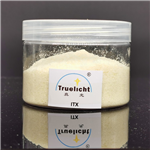
- $0.00 / 1KG
- 2024-05-13
- CAS:5495-84-1
- Min. Order: 1drums
- Purity: 98%
- Supply Ability: 20 tons
- 2-Isopropylthioxanthone
-
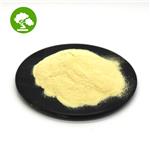
- $0.00 / 25kg
- 2024-04-12
- CAS:5495-84-1
- Min. Order: 1kg
- Purity: 99%
- Supply Ability: 2000ton
- 2-Isopropylthioxanthone
-
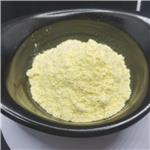
- $0.00 / 1kg
- 2023-09-08
- CAS:5495-84-1
- Min. Order: 1kg
- Purity: 99%
- Supply Ability: 500000kg




